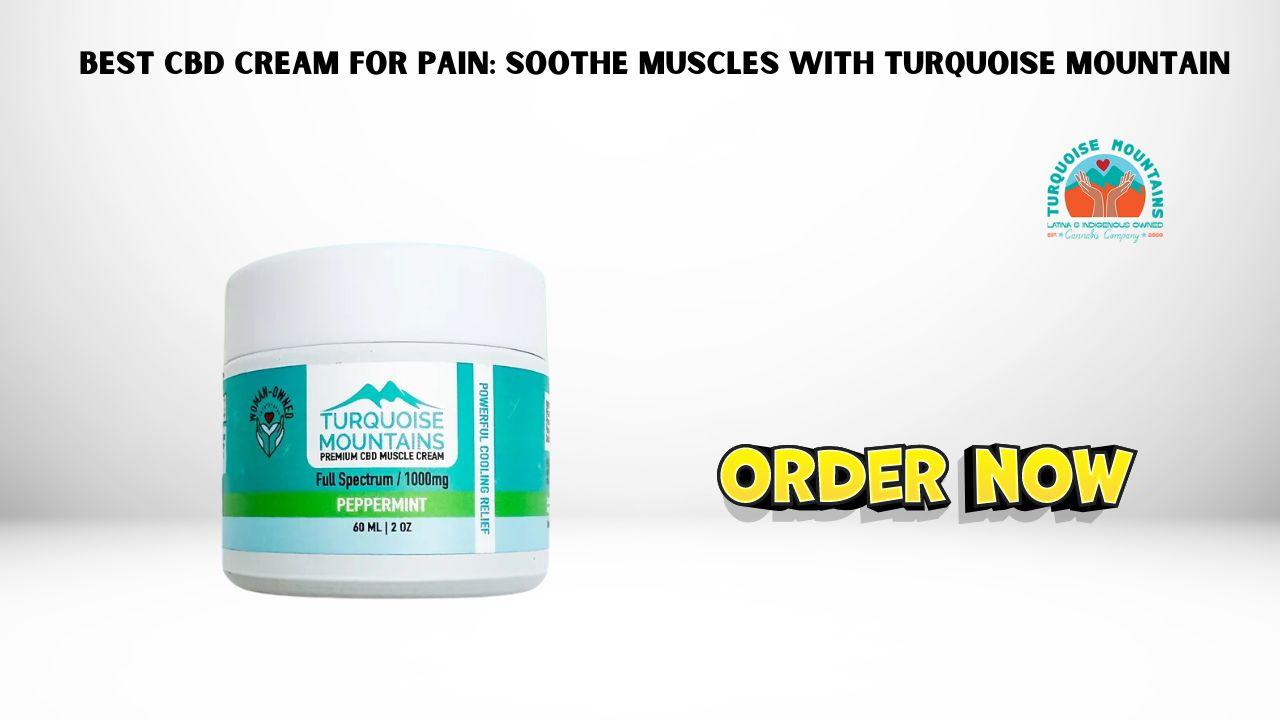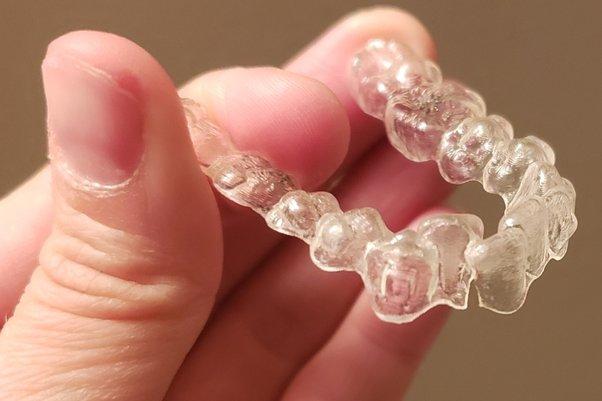What Are the Treatment Options for Varicose Veins?
Varicose veins, though often considered a cosmetic concern, can lead to discomfort and even medical complications if left untreated. Fortunately, several what are the treatment options for varicose veins are available to alleviate symptoms and improve the appearance of varicose veins.
Endovenous Laser Ablation (EVLA)
Endovenous laser ablation, or EVLA, is a minimally invasive procedure used to treat varicose veins. During EVLA, a thin laser fiber is inserted into the affected vein, where it delivers laser energy to heat and seal the vein shut. This procedure is advantageous because it can be performed on an outpatient basis and typically requires minimal recovery time.
Sclerotherapy
Sclerotherapy is another common treatment for varicose veins, particularly smaller veins and spider veins. In this procedure, a solution is injected directly into the vein, causing it to collapse and eventually fade from view. Sclerotherapy is advantageous because it is relatively painless, can be performed quickly in a doctor’s office, and usually does not require anesthesia.
Radiofrequency Ablation (RFA)
Radiofrequency ablation, or RFA, is similar to EVLA but uses radiofrequency energy instead of laser energy to heat and close off the affected vein. Like EVLA, RFA is minimally invasive and can often be performed on an outpatient basis. One advantage of RFA is that it may cause less discomfort during and after the procedure compared to some other treatments.
Ambulatory Phlebectomy
Ambulatory phlebectomy is a surgical procedure used to remove varicose veins through small incisions in the skin. This technique is advantageous for larger varicose veins that may not respond well to other treatments. Ambulatory phlebectomy is typically performed under local anesthesia and allows for precise removal of diseased veins, leading to improved cosmetic results.
Compression Therapy
Compression therapy involves wearing specially designed compression stockings or wraps to improve blood flow in the legs and reduce swelling associated with varicose veins. While compression therapy does not eliminate varicose veins, it can help alleviate symptoms such as pain and heaviness in the legs. One advantage of compression therapy is that it is non-invasive and can be used as a standalone treatment or in conjunction with other therapies.
Lifestyle Changes
In addition to medical treatments, certain lifestyle changes can help manage varicose veins and reduce the risk of complications. These may include maintaining a healthy weight, exercising regularly, avoiding prolonged periods of standing or sitting, and elevating the legs when resting. While lifestyle changes alone may not eliminate varicose veins, they can complement other treatments and improve overall vein health.
Conclusion
Varicose veins are a common condition that can cause discomfort and self-consciousness for many individuals. Fortunately, a variety of treatment options are available to address varicose veins and improve both the physical symptoms and cosmetic appearance. From minimally invasive procedures like EVLA and sclerotherapy to surgical options like ambulatory phlebectomy, individuals with varicose veins have numerous options for finding relief and restoring confidence in their legs. Additionally, lifestyle changes and compression therapy can play a valuable role in managing symptoms and promoting vein health. By exploring these treatment options with a qualified healthcare provider, individuals can take proactive steps towards healthier, happier legs.



